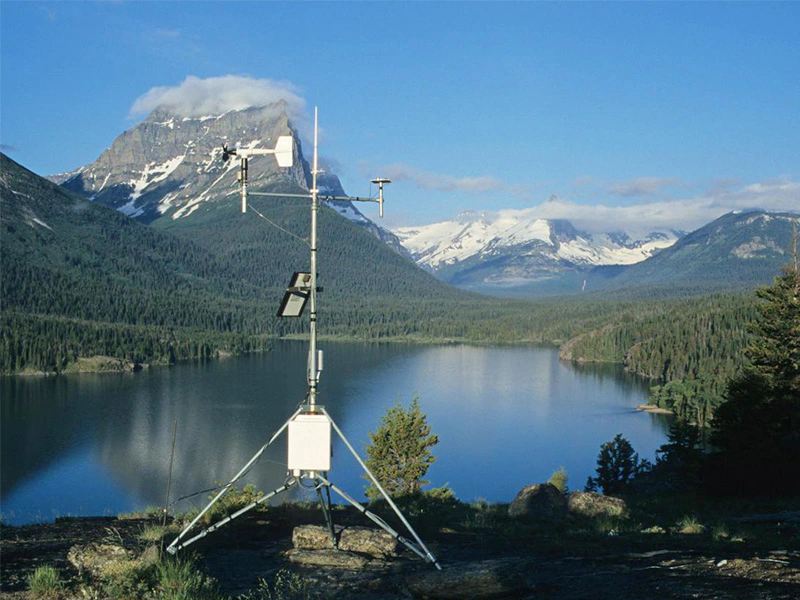
html
Meteorological Station Data Analysis for Weather Forecasting
Weather forecasting has become an essential part of modern life, helping us plan our daily activities, agricultural operations, and even disaster preparedness. At the heart of accurate weather predictions lies the data collected by meteorological stations worldwide. These stations serve as the backbone of weather monitoring systems, providing real-time and historical data that meteorologists analyze to forecast weather conditions.
The Role of Meteorological Stations
Meteorological stations are equipped with advanced instruments designed to measure various atmospheric parameters. These include temperature, humidity, wind speed and direction, atmospheric pressure, precipitation, and solar radiation. The data collected is transmitted to weather centers where it is processed and analyzed to generate forecasts.
Modern meteorological stations are often automated, reducing human error and ensuring continuous data collection. Some stations are ground-based, while others are placed on ships, buoys, or even satellites to cover remote areas and oceans.
Key Instruments in a Meteorological Station
Here are some of the primary instruments found in a standard meteorological station:
- Thermometer: Measures air temperature.
- Hygrometer: Measures humidity levels.
- Anemometer: Records wind speed.
- Wind Vane: Determines wind direction.
- Barometer: Measures atmospheric pressure.
- Rain Gauge: Tracks precipitation amounts.
- Pyranometer: Measures solar radiation.
Data Analysis for Weather Forecasting
Once the meteorological station collects data, it undergoes rigorous analysis. Meteorologists use statistical models, machine learning algorithms, and numerical weather prediction (NWP) models to interpret the data. These models simulate atmospheric processes to predict future weather conditions.
For example, sudden changes in atmospheric pressure may indicate an approaching storm, while consistent high humidity levels could suggest prolonged rainfall. By analyzing trends and patterns, forecasters can issue warnings for severe weather events like hurricanes, tornadoes, or heatwaves.
Challenges in Meteorological Data Analysis
Despite technological advancements, weather forecasting is not without challenges. Some of the common issues include:
- Data Gaps: Remote or inaccessible areas may lack sufficient meteorological stations, leading to incomplete data.
- Instrument Errors: Malfunctioning sensors can produce inaccurate readings.
- Model Limitations: Weather models are approximations and may not always capture complex atmospheric behaviors.
- Climate Change: Shifting weather patterns due to global warming make historical data less reliable for predictions.
The Future of Meteorological Stations
With advancements in technology, meteorological stations are becoming more sophisticated. The integration of IoT (Internet of Things) allows for real-time data sharing and improved accuracy. Additionally, artificial intelligence is being used to enhance predictive models, making forecasts more reliable.
As climate change continues to impact weather patterns, the role of meteorological stations will only grow in importance. Investing in better infrastructure and data analysis techniques will be crucial for improving weather forecasting in the years to come.
Keyword: meteorological station